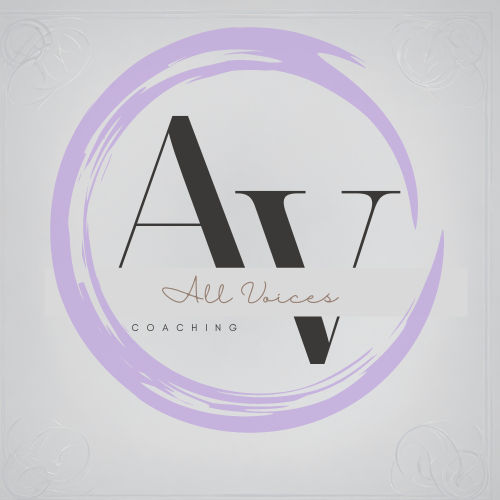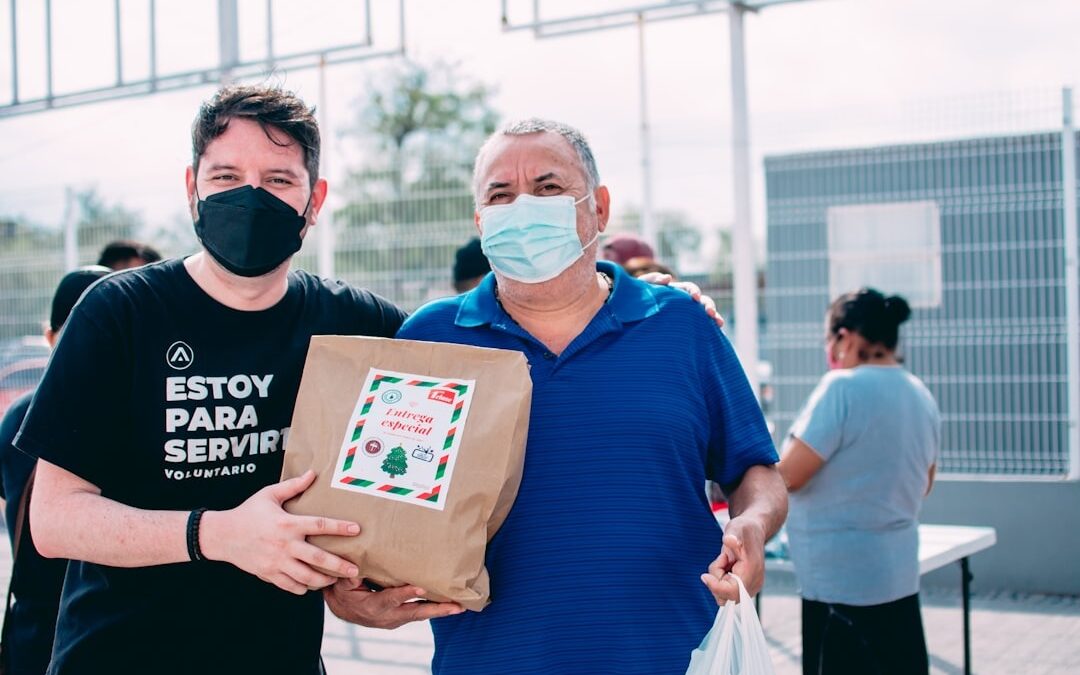Program planning is more than a set of administrative tasks; it’s an act of stewardship. When done well, it honors the lived experience of the people most impacted, builds collective ownership, and transforms good intentions into sustained impact. A strong planning process helps ensure that programs are not only effective on paper but also liberatory in practice, removing barriers, redistributing power, and strengthening community wellbeing.
What Is Program Planning?
At its core, program planning is a process of co-creation; defining, designing, and organizing a set of actions that move a community toward shared goals. In a human-centered organization, program planning is less about controlling outcomes and more about aligning with the wisdom, capacity, and rhythm of the community itself. It’s how we move from “What do we want to offer?” to “What do people need to thrive, and how do we build that together?”
The Core Practices of Liberatory Program Planning
1. Clarify Purpose and Community Goals
Every strong program begins with curiosity: What need or possibility are we responding to? Whose voices informed this vision?
Instead of starting with institutional priorities, begin with listening. Define your goals in partnership with community members and articulate outcomes that strengthen collective capacity, not just organizational visibility.
Reflection prompts:
- How will this program reduce barriers or restore access to what already belongs to the community?
- Are your goals SMART (specific, measurable, achievable, relevant, time-bound) and also SOULful (strategic, owned, uplifting, liberatory)?
- Does this effort align with your organization’s mission and the community’s self-identified priorities?
2. Assess for Alignment
Alignment is the heartbeat of sustainability. Misalignment between leadership and staff, funders and community, or theory and practice, often shows up later as burnout, turnover, or under-participation.
Ask yourself:
- Does our theory of change reflect how transformation actually happens in this community?
- Do our methods honor cultural values, languages, and lived experience?
- Where might our systems unintentionally reinforce the very inequities we seek to dismantle?
Liberatory alignment isn’t about consensus; it’s about integrity. When everyone involved understands the “why,” the “how” becomes much easier to navigate.
3. Design the Path Forward
With goals and alignment clarified, identify the strategies and partnerships that can bring your shared vision to life.
This includes determining the scope, timeline, and rhythm of implementation, but also asking:
- Who holds power in this design process, and how can it be shared?
- What community assets can be mobilized before seeking external funding?
- How will we create feedback loops that allow participants to shape the program in real time?
4. Resource the Work Sustainably
Budgets are moral documents; they reveal what we truly value.
Building a resource plan means more than assigning dollar amounts; it’s about ensuring equity in access, compensation, and opportunity.
Invest in people, not just processes. Honor the labor of community partners, and budget for rest, reflection, and learning alongside direct services.
5. Build in Reflection and Learning
Evaluation isn’t about proving success; it’s about cultivating wisdom.
Create participatory evaluation methods that invite community members, staff, and participants to interpret outcomes together.
Don’t use data as a weapon of compliance; use it as a mirror for growth:
- What’s working?
- What’s shifting beneath the surface?
- How might we need to evolve to stay responsive and just?
6. Communicate with Care
Program materials, from manuals to flyers, carry your values. Use plain, inclusive language that invites participation and reflects dignity.
Make sure your communications inform, inspire, and affirm.
7. Implement and Iterate
Implementation is where the vision meets reality, and where flexibility matters most.
Stay close to your teams and community members. Notice where ease and resistance show up.
Liberation-centered leaders see adaptation as a sign that the organization is learning in real time, not failure.
8. Sustain and Evolve
The final step in any planning process is ongoing reflection. Communities evolve, and so should your programs.
Schedule moments to pause, learn, and reimagine. Continuous monitoring and evaluation ensure that programs remain responsive, ethical, and life-giving over time.
In Closing
Program planning is a living practice. When approached through a liberation and human-centered lens, it becomes more than a tool for efficiency; it becomes an act of care.
By grounding every stage in alignment, equity, and authenticity, nonprofit organizations can build programs that not only meet goals but also model the just and compassionate world we’re striving to create.

